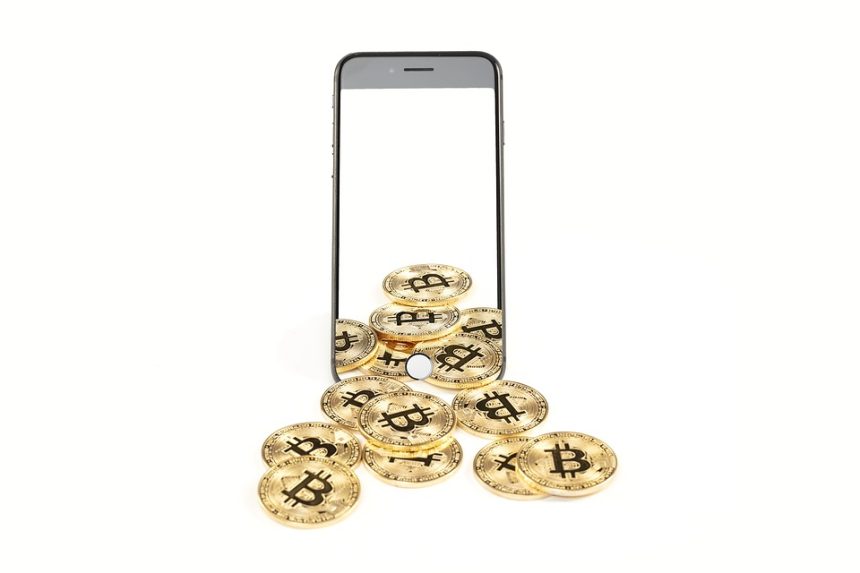The digital landscape has evolved dramatically in recent years, particularly with the explosion of non-fungible tokens (NFTs). Once considered a niche market, NFTs have surged into the mainstream, capturing the interest of art collectors, investors, and digital enthusiasts worldwide. This article explores the world of NFTs, their potential value in the digital art market, and the considerations involved in investing in this new and exciting asset class.
What Are NFTs?
Non-fungible tokens are unique digital assets verified using blockchain technology, which ensures their authenticity and ownership. Unlike cryptocurrencies such as Bitcoin or Ethereum, which are fungible and can be exchanged on a one-to-one basis, NFTs are distinct and cannot be directly substituted for one another. This uniqueness makes them ideal for representing ownership of digital artworks, collectibles, music, virtual real estate, and more.
The Digital Art Boom
The rise of NFTs has been particularly transformative for the art world. In March 2021, digital artist Beeple famously sold an NFT artwork titled "Everydays: The First 5,000 Days" at Christie’s auction for a staggering $69.3 million. This event marked a watershed moment for NFTs, asserting their legitimacy and potential value in the broader art market.
Art students and established artists alike are now finding avenues to monetize their digital creations through NFTs. Platforms like OpenSea, Rarible, and Foundation allow artists to mint their works into tokens and sell them directly to collectors. As a result, the barriers to entry have dissolved, democratizing art ownership and enabling a more diverse range of artists to gain visibility and financial reward for their work.
Understanding the Value of NFTs
Determining the value of an NFT can be challenging and is influenced by several factors:
-
Authenticity and Ownership: The blockchain records the ownership history, ensuring that each NFT is genuine and traceable. Buyers often pay a premium for pieces with a clear provenance or that are linked to well-known artists.
-
Artist Reputation: Just as with traditional art, the reputation of the creator significantly impacts an NFT’s value. Renowned artists or those with a strong following can command higher prices for their digital work.
-
Rarity and Scarcity: The scarcity of an NFT contributes to its value. Limited editions or one-of-a-kind pieces often attract bidders willing to pay more, as their rarity fuels demand.
-
Cultural Significance: Some NFTs become culturally significant over time, either due to unique artistic expression or the context in which they were created. This significance can heighten their desirability and value.
- Market Trends: The NFT market, much like the traditional art market, can be volatile. Trends, technological advancements, and broader economic conditions all play a role in influencing prices.
Considerations When Investing in NFTs
While NFTs present a thrilling investment opportunity, potential buyers should approach the market with caution. Here are some critical factors to consider before investing:
-
Do Your Research: Understanding the NFT space is crucial. Familiarize yourself with various artists, platforms, and the specifics relating to different types of NFTs. Research the technological aspects, including the blockchain networks used to mint and trade NFTs, as different chains may have varying levels of security and environmental concerns.
-
Long-Term Value: As with any investment, consider whether the NFT you are interested in will retain or increase its value over time. Speculative buying can lead to losses, so focus on pieces you believe possess merit beyond market trends.
-
Risks and Volatility: The NFT market can be unpredictable and react emotionally to news cycles or trends. Be prepared for potential price fluctuations and only invest money you can afford to lose.
-
Consider the Community: Engage with the community surrounding an NFT you are interested in. Active communities can promote and support artists, resulting in increased visibility and value for their works.
- Storage and Security: NFTs are typically stored in digital wallets. Ensure that you understand how to protect your digital assets, as losing access to your wallet or falling victim to hacks can result in irretrievable loss.
The Future of NFTs and Digital Art
As technology advances, the NFT space continues to evolve. New utilities for NFTs are being explored, including virtual reality experiences, membership tokens for exclusive content, and integration into gaming ecosystems. The potential for innovation in digital art appears limitless, with possibilities for interactive experiences and enhanced ownership rights.
In conclusion, investing in NFTs can be an enticing opportunity in the burgeoning digital art market. By understanding the factors that influence value and conducting thorough research, investors can navigate this exciting landscape. However, as with any investment, it is crucial to approach NFTs with a balanced perspective, recognizing both the opportunities and the inherent risks. As the digital art world matures, those who embrace its potential may find themselves at the forefront of a groundbreaking artistic revolution.






